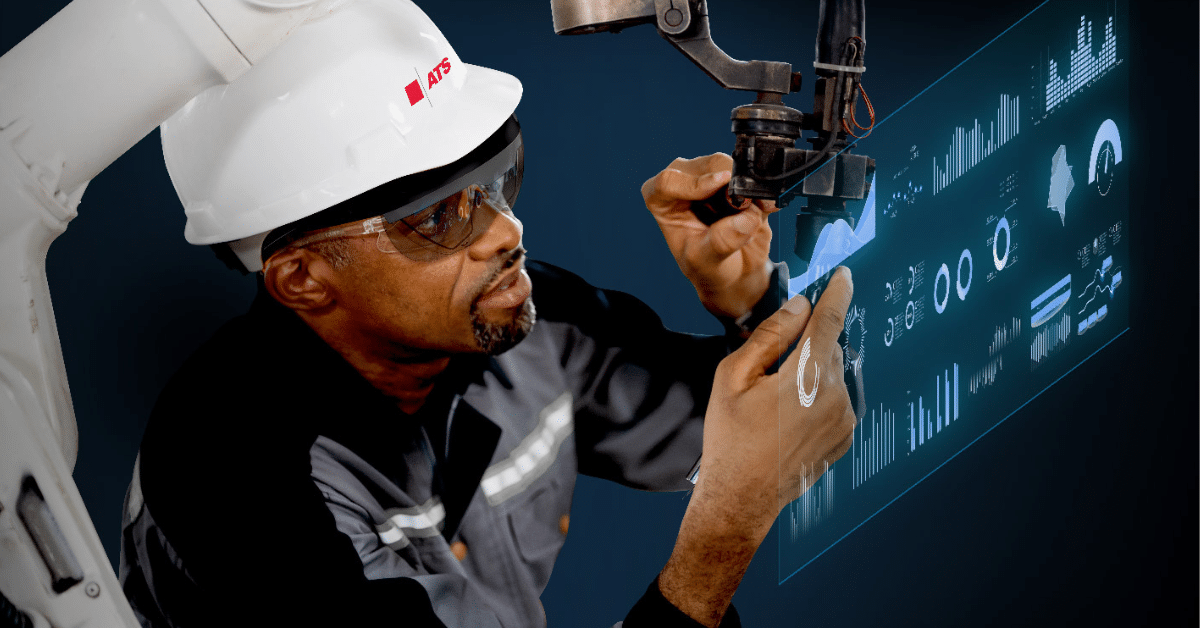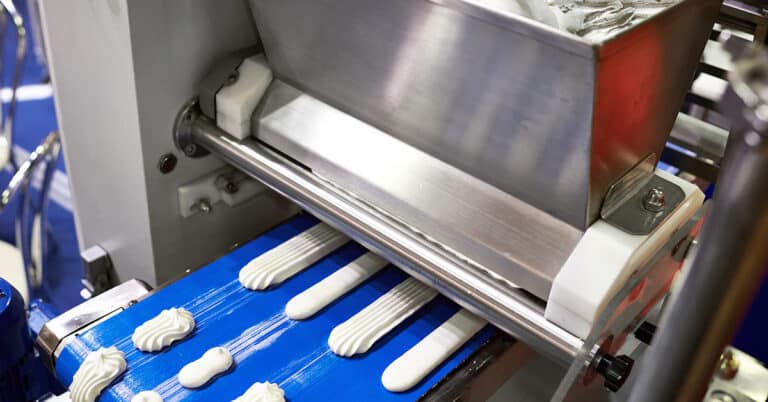Emerging technologies continue to give industrial maintenance processes the potential to be more efficient from cost and productivity standpoints. As facilities face critical decisions in 2025 to maintain profitability, it’s imperative to remain aware of the industrial maintenance industry trends that are expected to have an impact throughout the year and beyond, including predictive maintenance and smart manufacturing. By adopting leading-edge tactics such as integrating the Industrial Internet of Things (IIoT), artificial intelligence and machine learning, manufacturers can realize unprecedented and unexpected process and margin improvements. Read on for our forecast of the industrial maintenance trends for 2025.
The top 10 trends in industrial maintenance for 2025
We expect these trends and technologies to drive the face of the industrial maintenance services market in 2025.
1. Advanced condition monitoring. With the advent of smart factories, many facilities are gradually becoming exposed to the benefits of sensors and adding them to their critical assets. These track performance and provide insight into red flags such as abnormal vibration, heat or noise, all of which can foretell an eventual machine breakdown. This enables the issue to be addressed before it creates a service disruption. With sensors becoming more commonplace, 2025 signals the next phase of their implementation. Condition monitoring enables more accurate root cause analysis as well as effective and proactive maintenance. Implementing AI also is expected to have an impact on the future of maintenance management, as predictive analytics make it possible to detect potential issues even earlier than in the past.
2. Additive manufacturing. 3D printing means it may no longer be necessary to take equipment offline for days while waiting for replacement parts. In many cases, it may be possible for repair techs to print a new component on the spot. It’s easy to see how this could dramatically reduce downtime and improve productivity. Although additive manufacturing is not new to the industry, the coming year should see it become an even greater element of maintaining machinery. Advancements in the technology have led to faster printing speeds as well as the ability to print more complex components. This has the potential to reduce downtime even further as well as the dependence on traditional supply chains.
3. Enhanced data collection and predictive analytics. Data is the backbone of today’s most effective and efficient manufacturing facilities, and this year promises even more uses for that data. Additional sensor implementation is only “Step One” of this trend. Facilities are also always building upon their data repository, enabling more accurate modeling, effective forecasting and innovative ways of using and analyzing data. Improvements in machine learning algorithms also improve predictive accuracy, enabling manufacturers to use historical and real-time data to forecast their maintenance needs as effectively as possible. It all adds to the latest maintenance practices such as predictive maintenance, which stops problems before they start and provides heretofore unseen benefits for the facility.
4. Downtime reduction strategies. Establishments understand that equipment downtime is one of the biggest resource wastes that can occur in manufacturing. That reality is starker than ever in the face of a pressing need to be as efficient, lean and agile as possible as supply chains continue to experience disruptions around the world. This means that manufacturers are expected to focus heavily on reducing downtime — expected and unanticipated — as much as possible in 2025. Predictive maintenance, enabled by the factors described above, is one of the most effective ways to eliminate unplanned downtime. This allows personnel to identify issues and schedule maintenance when it is most convenient and least disruptive. With the addition of AI-enabled maintenance scheduling, facilities can plan their activities for the least-disruptive times, reducing the amount of unexpected and unnecessary downtime.
5. Uptime and profit margin optimization. Hand in hand with a downtime reduction is the drive to improve uptime and thus profit margins for the facility, driving equipment ROI and resource value. In light of the difficulties they have experienced over the last few years, process profitability will be a key focus for manufacturers. The most effective way to drive margins is to keep equipment running as much — and as efficiently — as possible. New technology gives manufacturers the ability to analyze every maintenance task to determine its direct impact on uptime and profit margins.
6. Data-driven storeroom management. With the benefits of data analysis, inventory management improvements go hand in hand with maintenance efficiencies. The ease with which facilities can track things such as MRO part needs and availability, means that more manufacturers will be aware of the inefficiency of their current inventory practices. They will also be mindful of the benefits that they can gain from implementing a technology- and data-driven inventory plan. Just a few of the benefits include accurate ordering and forecasting, easier location of spares, more control over storeroom management and faster, efficient maintenance. Automated inventory management systems and predictive stocking practices also ensure critical parts are always on-hand by harnessing the power of real-time usage data.

7. Increased use of virtual and remote technology. No forecast of maintenance industry trends would be complete without addressing the impact of advanced virtual reality technology, and maintenance is no exception. Virtual technology is poised to fast-track its way into a more commonplace method of carrying out maintenance diagnostics and troubleshooting. Condition monitoring and other new technology in manufacturing maintenance can provide a near “hands-on” experience for offsite personnel, enabling accurate, real-time processes from anywhere. The use of AR and VR in maintenance also includes training, giving technicians the chance to practice regular procedures without risk of damaging actual equipment. In the coming year, this technology is expected to become even more accessible. This means more manufacturers will be able to integrate it into their daily maintenance routines.
8. Ongoing focus on safety and compliance. Keeping workers safe as they carry out maintenance should always be of the utmost importance. We believe this trend will continue to bear itself out over the coming year as more companies invest in training and establishing effective programs. Wearable technology is capable of monitoring employees’ health indicators and deliver real-time risk alerts to keep them safe. With the advent of AI-driven safety checks, 2025 should see improved operational efficiency and environmental compliance across the industry.
9. Expanded adoption of IIoT devices. Communication is critical in manufacturing, and now that applies to machines as well. Connectivity between equipment enables manufacturers to achieve greater efficiencies and more-effective maintenance plans, thanks to the data their machinery provides. This maintenance technology also makes it possible for operators to monitor machine health and performance from a distance, allowing them to schedule tasks without necessarily seeing the equipment’s condition in person. Increased interconnectivity and data exchange between these IIoT-enabled devices enable a fully integrated “smart factory” in which each machine communicates its condition in a seamless fashion. We expect IIoT to continue growing in terms of influence and adoption throughout the manufacturing sector as more companies discover the benefits.
10. Sustainable maintenance and energy efficiency. Conserving resources isn’t just good from a PR perspective — it’s also a solid business practice. This is why many in the manufacturing sector are adopting sustainable maintenance protocols and using eco-friendly technologies including closed-loop water systems, renewable energy sources and energy-efficient equipment. By reducing the impact these activities have on the environment, manufacturers also can lower their energy consumption, becoming leaner and greener.
As you can see, ongoing trends in maintenance management such as predictive maintenance, Industrial Internet of Things (IIoT), and data-driven processes comprise the basis of almost every major 2025 trend. As a technology-driven leader in outsourced industrial maintenance, ATS is ready to answer any questions you may have about how to take advantage of the latest in predictive maintenance trends and technologies. We’ll work with you to enable the maximum benefit to your operations. For more information, contact us today.






